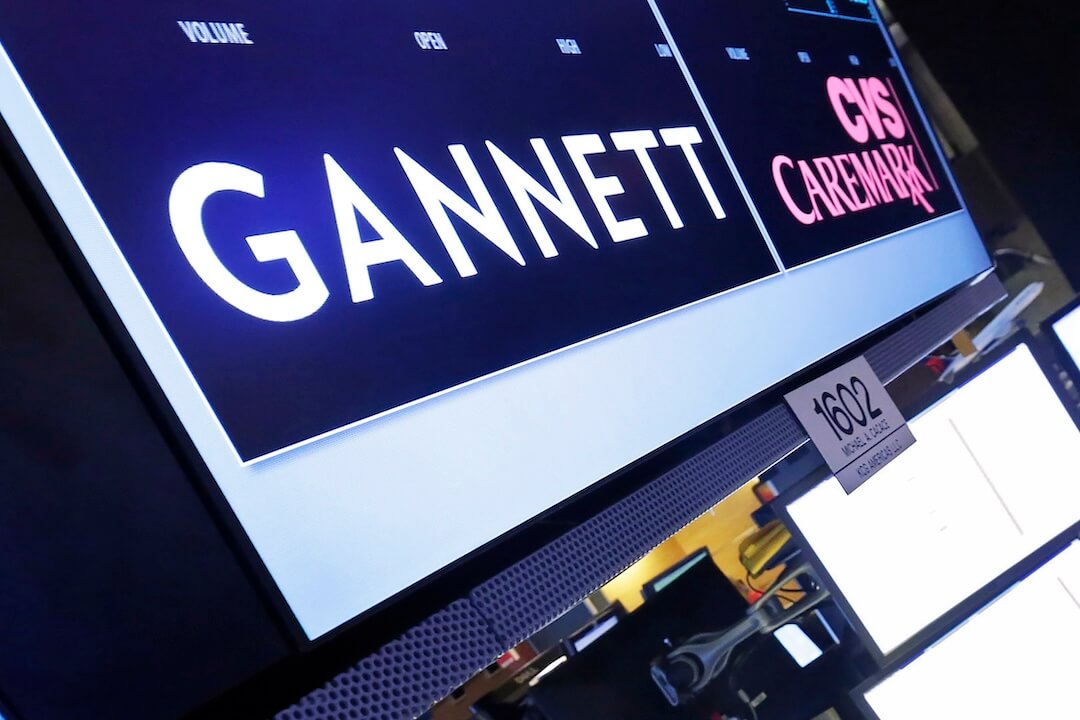Friday morning The Lens ran a photo essay looking at print habits of New Orleanians in the year since The Times-Picayune announced it was reducing staff and print frequency. I decided to check in on some of the city’s other news outlets (not The Advocate; we write about that paper plenty) to see whether the changes at the city’s biggest newspaper had affected their fortunes.
• Lens Managing Editor Steve Myers says traffic and audience at the news nonprofit have tripled since last May. “We saw a bump last summer where I think people started to look around,” he said by phone. “Starting last fall they really started to go way up when we started to be a little more disciplined about keeping the site fresh.”
Lens stories appear in both The Advocate, which has made an aggressive play for New Orleanians who miss getting a paper seven days per week — as has the Times-Picayune — and on the Times-Picayune’s website. The Lens has a strong partnership with local Fox affiliate WVUE, he said, from which The Lens rents newsroom space, and local public radio station WWNO.
Myers — with whom I used to work at Poynter — credited the site’s trademark investigative work as well as live-blogging and live-tweeting efforts, which the site will throw at public meetings or court hearings. “We see a lot of interest in those two extremes whereas other people do the work in the middle,” he said.
“Last May, the talk was about the death of a daily newspaper,” Myers writes in a post looking back at the news organization’s past year. “This May, the talk is simply about the news, however you read, listen or watch it.”
The Lens is helping in that regard, too. Readers have come to rely on our new daily wrap-up of the day’s top news stories in the key topics we cover — no entertainment, sports or cute kittens.
• Uptown Messenger News Director Robert Morris said “we saw an overnight increase in traffic” after the Times-Picayune’s announcement. He declined to give exact numbers but said traffic, measured by both page views and unique visitors, was up about 50 percent since last May at Uptown Messenger, which he launched in 2010. He’s since started Mid-City Messenger, which focuses on another area of town.
“I know two things happened,” Morris said in a phone call. The Times-Picayune “brought a piece of the print market to digital; they kind of legitimized us overnight.” Also, he said, “when they announced the change — and I’ve heard this from both local readers and New Orleans expats — they just started looking for alternatives and seeing what else was out there.”
In addition to the city’s online news orgs, “I think that we as a public are getting more news from nonmedia sources,” Morris said. He cited the Preservation Resource Center of New Orleans — “they scour meeting agendas and they send people out to photograph every single home,” he said, “it’s definitely the work of a news reporter; it’s just coming from a nonprofit group” — and ProjectNOLA, which shares info from police scanners. “When he tweets every newsroom in the city jumps and goes and chases it,” Morris said.
• My Spilt Milk Editor Alex Rawls launched his music site two or three weeks before the Times-Picayune’s announcement, so before-and-after traffic comparisons aren’t particularly meaningful in his case. But as a longtime New Orleans arts journalist, he said the T-P’s last year has been very instructive.
“I think one of the things that changes at the Times-Picayune created is the sense of possibility that we could become have a larger impact and become a bigger part of the conversation,” he said. “To some extent their changes created energy for the rest of us.” The Times-Picayune’s announcement that it would shift more newsgathering functions to its website, Nola.com, “suddenly made the web seem more real,” Rawls said. The change also “made us think about our relationship to readers,” he said.
“Unfortunately I think a lot of the [Times-Picayune’s] big picture decisions have also provided a model for us to think about what you do and don’t want to be,” Rawls said. “New Orleans readers felt like they’d been ripped off, that they’d help up their part of the bargain” — keeping the paper a “profoundly print habit,” as media analyst Ken Doctor wrote — “and then the paper walked away. So the change in relationship with your readers really has soured the way people read it,” he said. “People read it skeptically, almost looking for mistakes. To have that kind of relationship with your readers and then throw it away and try to rebuild it seems like a problematic activity.”
• WWNO Director of Digital Services Jason Saul says the station’s “site’s unique visitors have climbed 55% in the past year, our mobile visits have risen 138%, and our streaming audio visits are up 69%.”
The station went to an all news/talk format on weekdays last July that Saul says was planned before the Times-Picayune’s announcement. “[N]ormally when stations make a format change their ratings numbers decline, but we’ve actually seen near-immediate increases in our drive-time and midday ratings, which we couldn’t be more excited about,” he writes in an email.
In the past year we’ve also seen a large increase in our membership donations, the total number of members we’ve recruited, and the number of first-time members that have come on board. Individual donors are essential to the operation of a public radio station, and this shows that not only are our current members excited about the new programming we’ve been able to provide, but how our reach and impact have been expanding in our community.
• Gambit Editor Kevin Allman — whose publication has covered the shifting mediascape in New Orleans assiduously — said in an email that Media Audit numbers showed “a spike in print readership after the change.”
From April-May 2012, we had 131,446 readers per issue. In the period between Nov. 2012 and Jan. 2013, it was 179,677 per issue. That’s a 37 percent increase. We definitely got a bit of a bump with the Super Bowl in New Orleans, but it should be noted that the April-May cume included our Jazz Fest issues (two), which are some of the most popular of the year.
Allman didn’t have Web numbers handy “but I know we’ve set three or four best months ever in web traffic in the last year, and it’s showing no sign of leveling off.”
The Gambit topped the Times-Picayune in a Media Audit category: “adults who have attended a pop/rock concert in the past 12 months,” Allman writes. “We had never topped the seven-day Picayune in this category. But in the most recent Media Audit report, Gambit is atop TImes-Pic Wed/F/Sun (#2) and Times-Pic Sunday only (#3).”
The Gambit and Uptown Messenger recently announced a news partnership, both Allman and Morris told me. It’s yet another alliance — The Lens, My Spilt Milk, The NOLA Defender and Uptown Messenger announced a coalition last year called the New Orleans Digital News Alliance. Morris told me that group proved most useful for “back end stuff, that we could bounce ideas off each other,” like talking about health insurance. “I think that editorial piece that we were hoping for, it happened so organically it’s hard to say if it was the alliance.”
More important than any such moves, Morris said, is the New Orleans news audience. “They have a greater appetite for hard news and serious news here. They just like the news.”






Comments